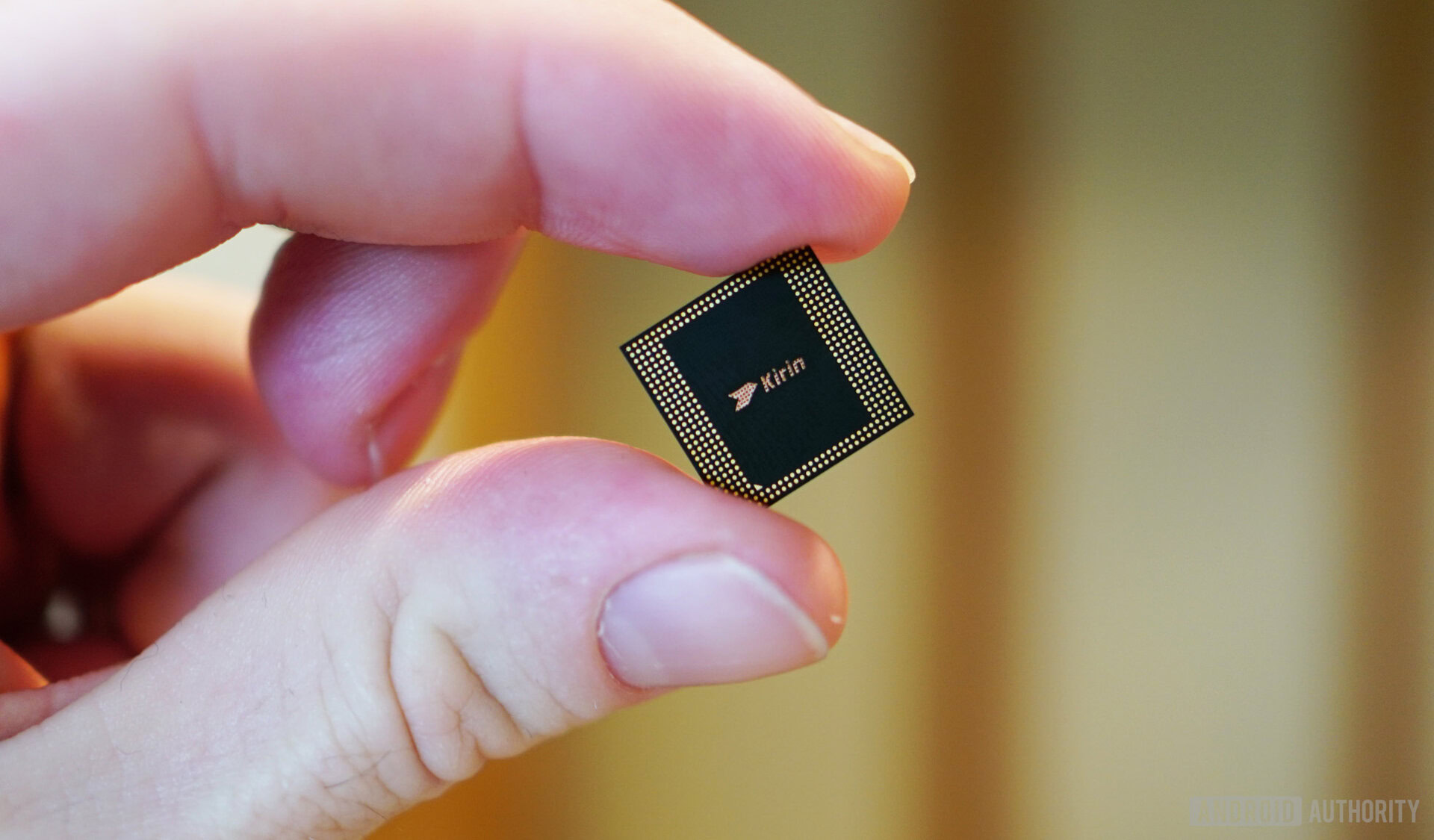Affiliate links on Android Authority may earn us a commission. Learn more.
Qualcomm backs open-source alternative to Arm, x86: Should Arm be worried?
June 7, 2019

Consumer gadgets such as smart speakers, smartwatches, and smartphones generally use processors based on Intel’s x86 and Arm’s instruction sets. However, the open-source RISC-V instruction set is gaining prominence too, and industry bigwig Qualcomm has backed a company dealing with the technology.
According to The Information (paywall), chip design company SiFive has raised $65.4 million as part of its latest funding round. This funding round includes an investment from Qualcomm, and sees the San Diego giant join the likes of Intel and Samsung as investors in the firm. So what makes SiFive and RISC-V so special?
Well, SiFive teams up with other tech companies to create chip designs based on the open-source RISC-V instruction set. According to The Information, SiFive is able to churn out new designs in one to three months — designs based on Arm chips typically take roughly a year (if not more). In fact, SiFive promises that customers can receive sample chips “within weeks.”

RISC-V chips are generally used in IoT devices, microcontrollers, network tech, and more. But they’ve also been used in the Huangshan Number One wearable by Xiaomi’s Huami brand. Wearables aren’t quite as demanding as smartphones though, and Arm’s instruction set and core designs rule the roost in this arena for the most part. But Arm was rattled enough by the open-source instruction set to publish an anti-RISC-V website last year, before reportedly pulling it due to criticism from its own staff.
Nevertheless, the fact that a major mobile player such as Qualcomm is backing SiFive suggests that the chip colossus sees a bright future for RISC-V in this arena. And Arm’s scuppered push to criticize the instruction set suggests that its rival sees potential here too.
NEXT: Samsung Galaxy Note 10 Pro renders emerge — No Bixby button or 3.5mm port here either
Thank you for being part of our community. Read our Comment Policy before posting.